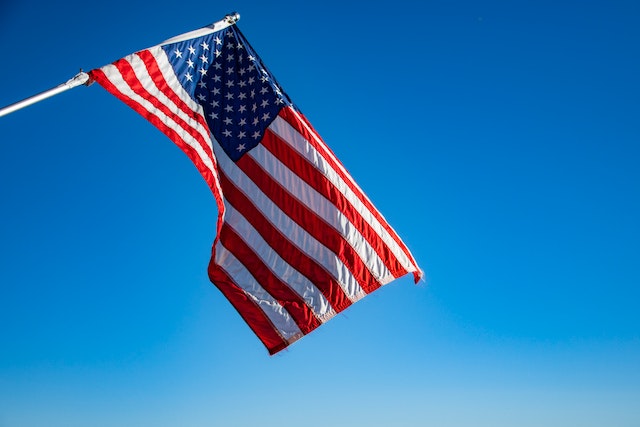Prohibition in the United States, also known as the Noble Experiment, was a nationwide constitutional ban on the production, importation, transportation, and sale of alcoholic beverages that lasted from 1920 to 1933. This period in American history is often referred to as the Prohibition Era or the Roaring Twenties.

The roots of Prohibition can be traced back to the temperance movement of the 19th century, which sought to reduce the consumption of alcohol or even ban it altogether. The movement gained momentum in the early 20th century, fueled by concerns about the negative social and economic effects of alcohol, including drunkenness, crime, poverty, and corruption.
In 1917, the United States entered World War I, and the government saw Prohibition as a way to conserve grain for the war effort and promote patriotism. The following year, Congress passed the 18th Amendment to the Constitution, which prohibited the manufacture, sale, and transportation of intoxicating liquors.
The 18th Amendment took effect on January 17, 1920, and was supported by a national law known as the Volstead Act, which defined intoxicating liquor as any beverage containing more than 0.5% alcohol by volume. However, the law exempted alcohol used for medicinal, sacramental, or industrial purposes, which created loopholes that were exploited by bootleggers, speakeasies, and organized crime.
Prohibition had many unintended consequences that undermined its intended goals. It led to the rise of a black market for alcohol, which spawned criminal enterprises and gang violence. It also caused a loss of tax revenue for the government, increased government spending on enforcement, and contributed to the Great Depression by reducing employment in the alcohol industry.
Prohibition also had a significant impact on American society and culture. It created a new class of criminals, such as Al Capone and other infamous bootleggers, who became folk heroes and glamorized the image of organized crime. It also gave rise to a new type of nightlife, as speakeasies and jazz clubs flourished in urban areas, and a new style of fashion, as flappers rejected traditional gender roles and embraced shorter skirts, bobbed hair, and bold makeup.
Prohibition remained a divisive issue throughout its 13-year existence, with proponents arguing that it reduced alcohol-related problems and opponents claiming that it violated individual liberties and fueled corruption. The movement to repeal Prohibition gained momentum in the 1930s, as the Depression deepened and the government sought new sources of revenue. In 1933, President Franklin D. Roosevelt signed the 21st Amendment to the Constitution, which repealed the 18th Amendment and ended Prohibition.
The end of Prohibition did not immediately solve all the problems that had arisen from it, as the illegal alcohol trade continued and the government struggled to regulate the newly legal alcohol industry. However, it did mark the end of a significant chapter in American history and a turning point in the relationship between the government and the people.
In conclusion, Prohibition in the United States lasted from 1920 to 1933 and was a national ban on the production, importation, transportation, and sale of alcoholic beverages. It was intended to reduce the negative social and economic effects of alcohol but had many unintended consequences, including the rise of organized crime, a black market for alcohol, and a loss of tax revenue for the government. Prohibition also had a significant impact on American society and culture, giving rise to new types of criminals, nightlife, and fashion. The movement to repeal Prohibition gained momentum in the 1930s, and it was finally repealed in 1933 with the signing of the 21st Amendment to the Constitution.